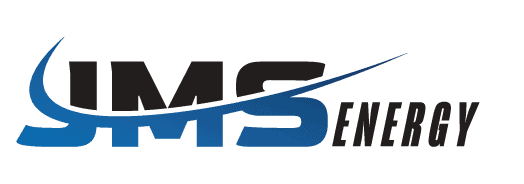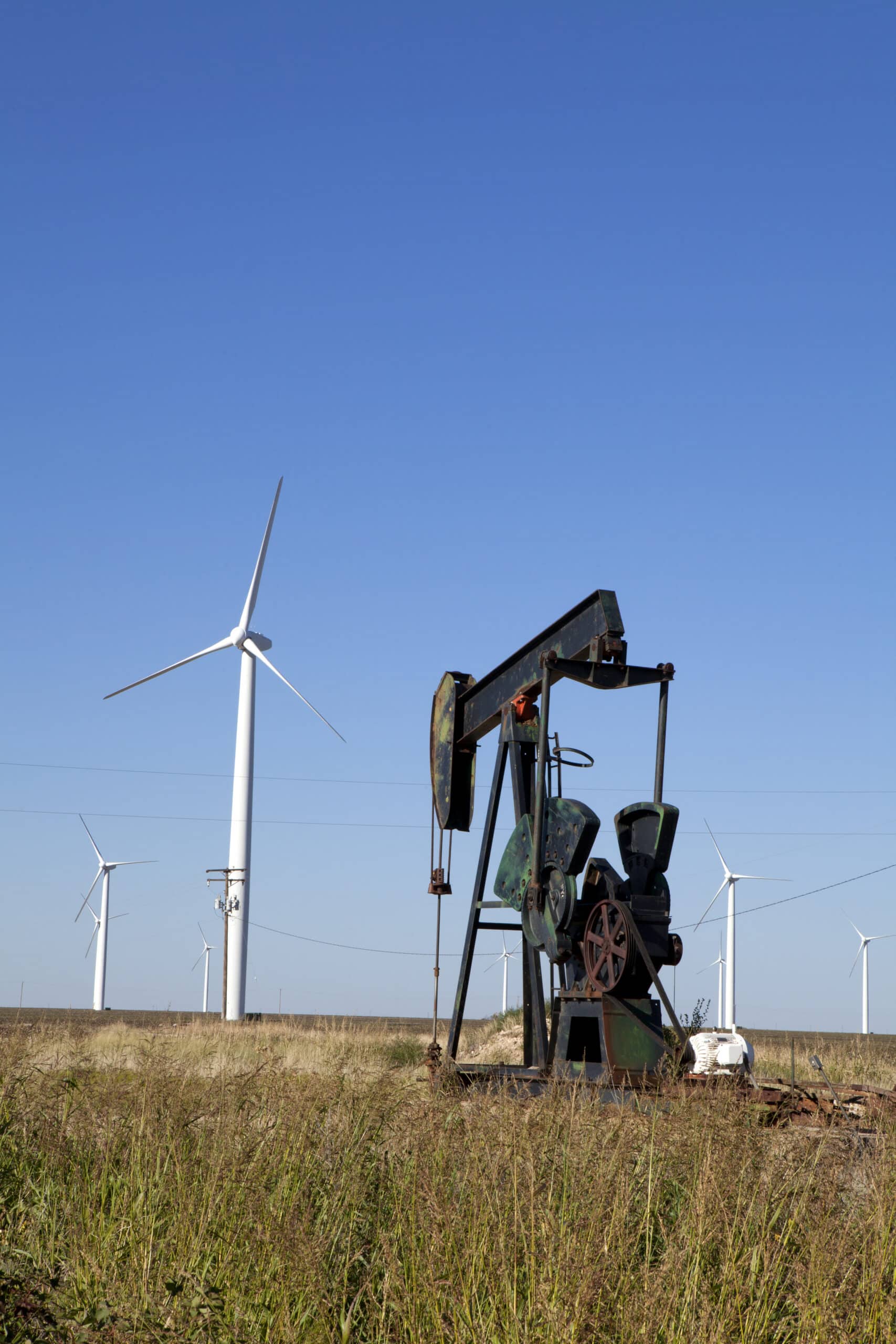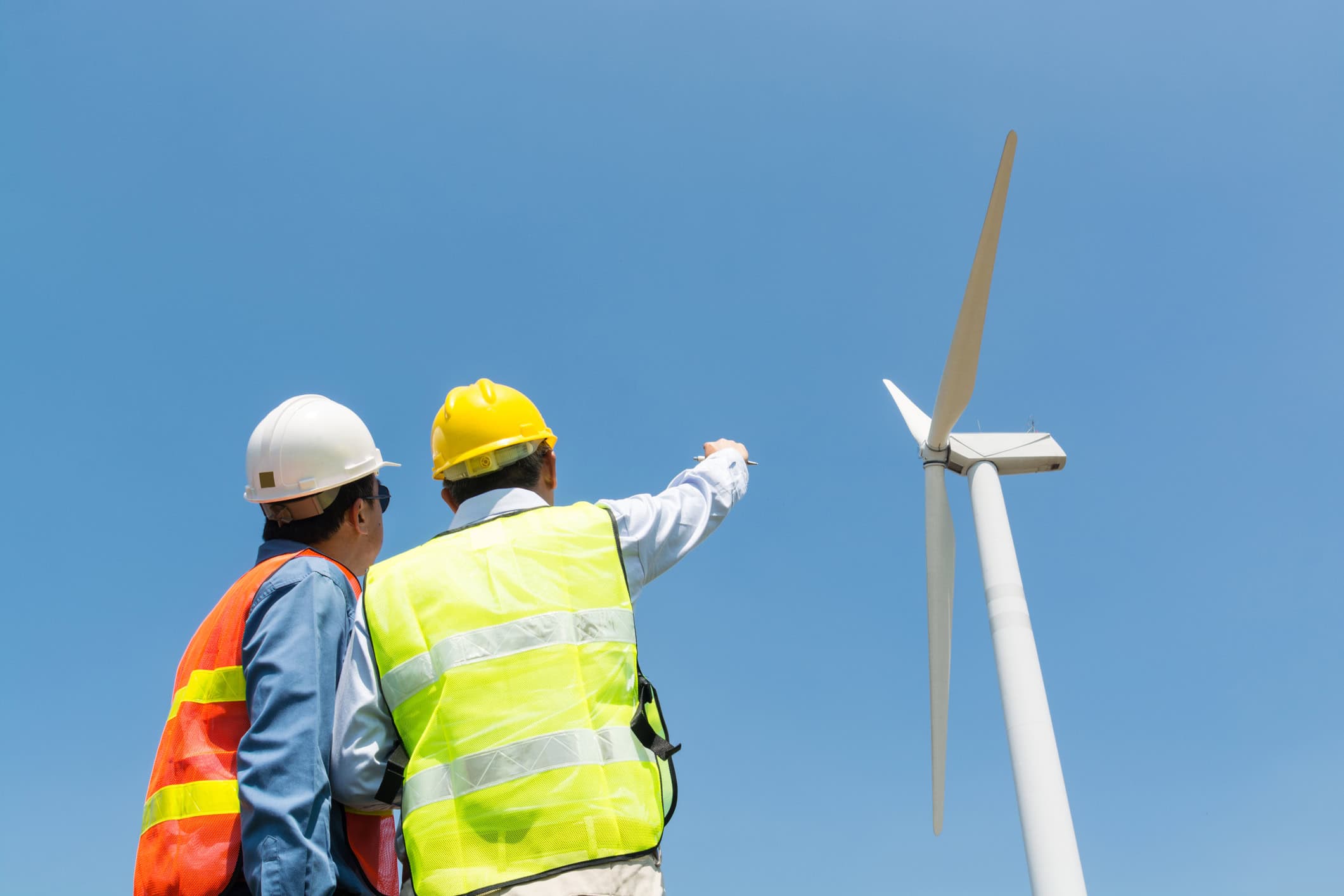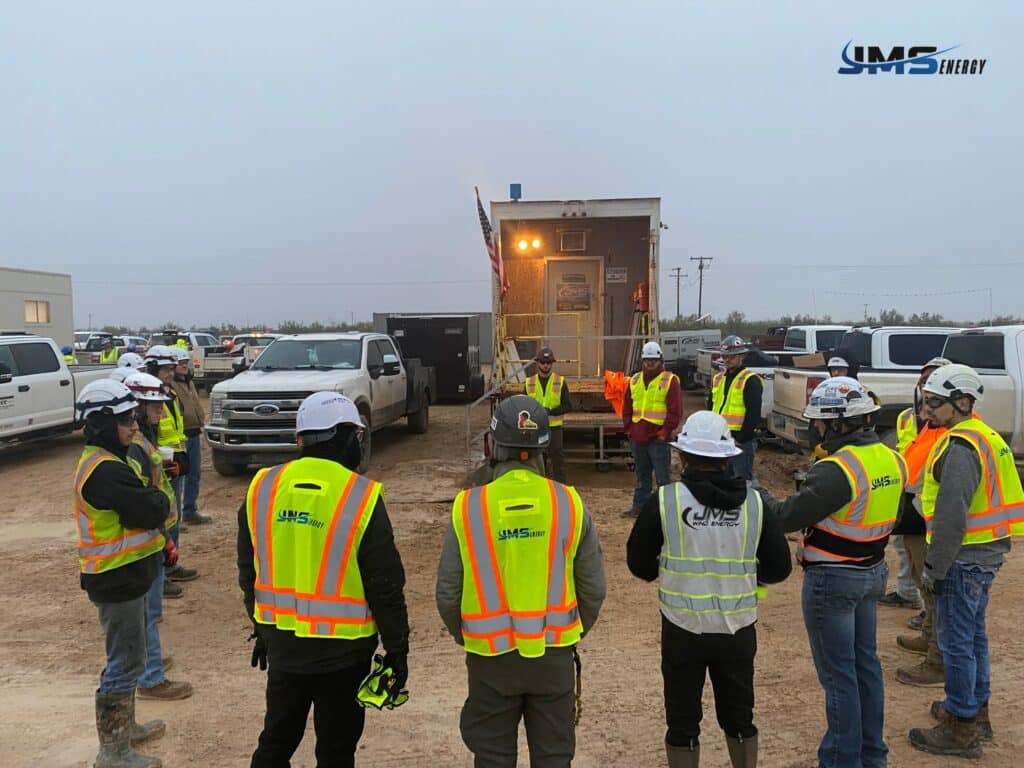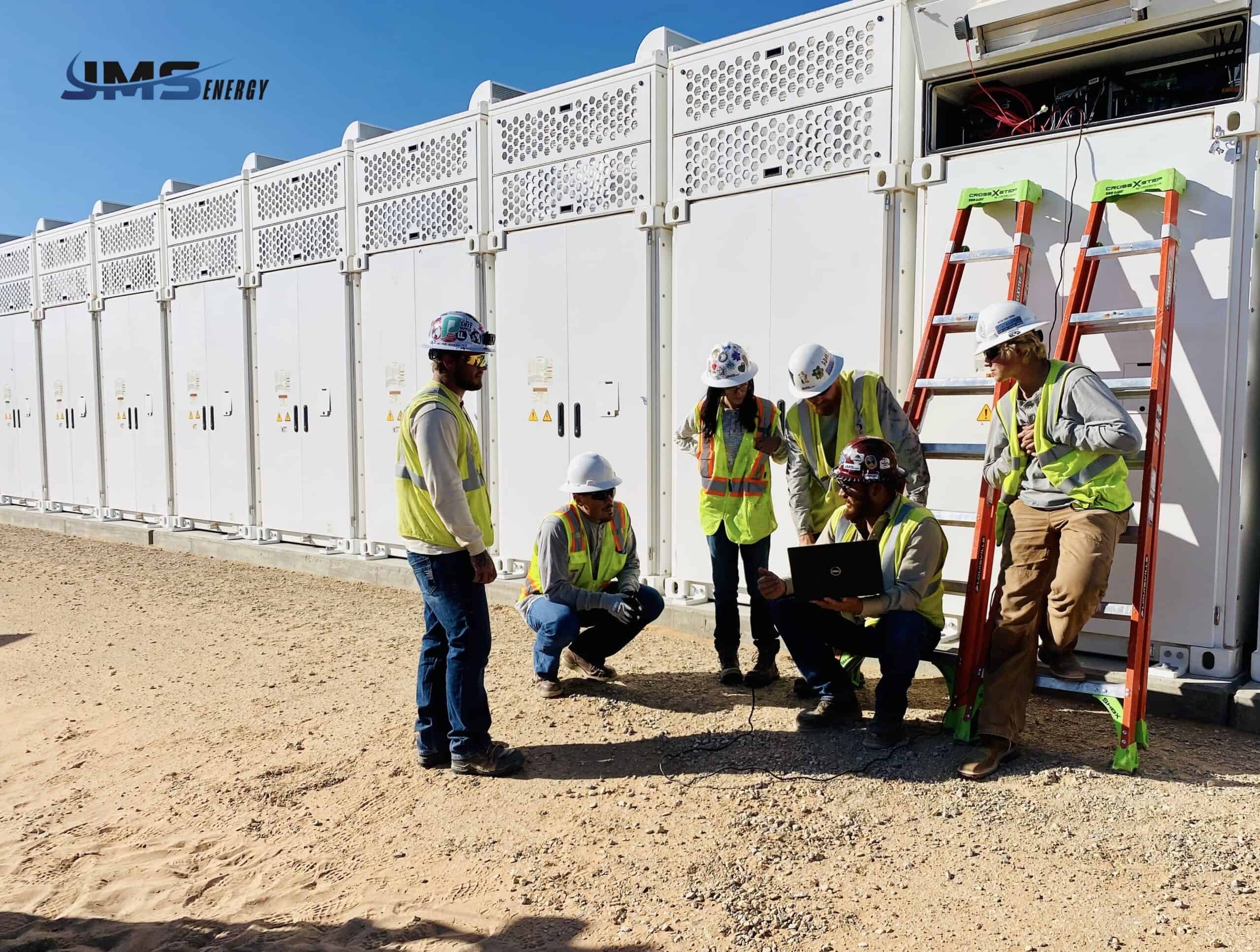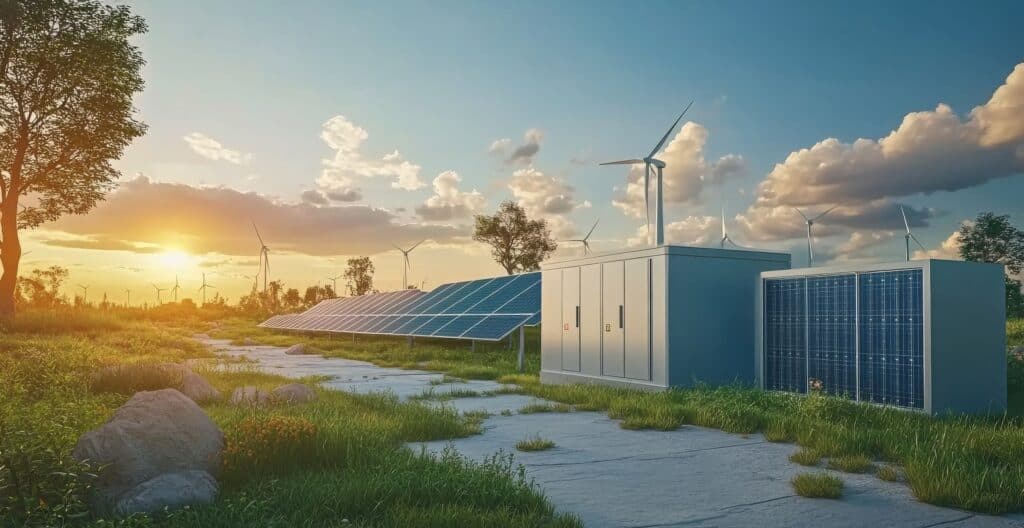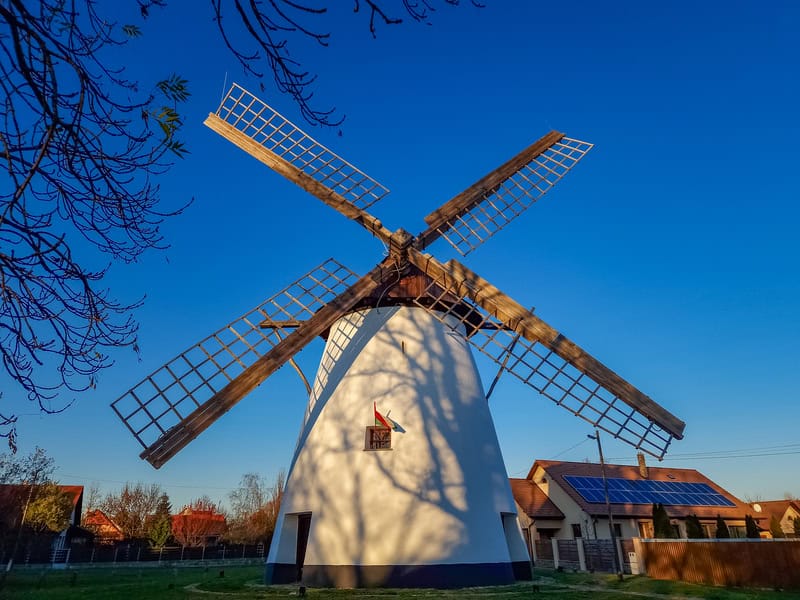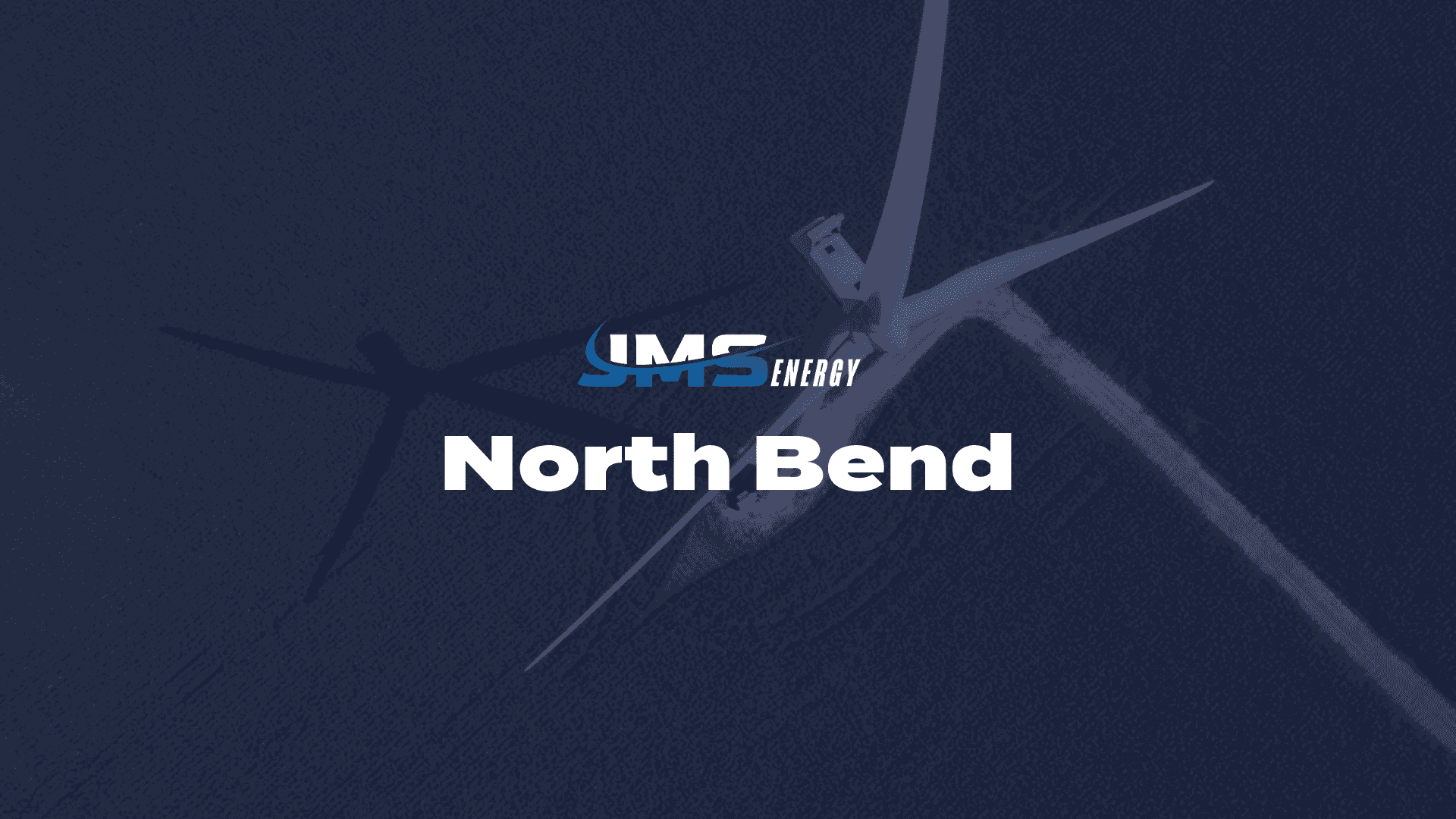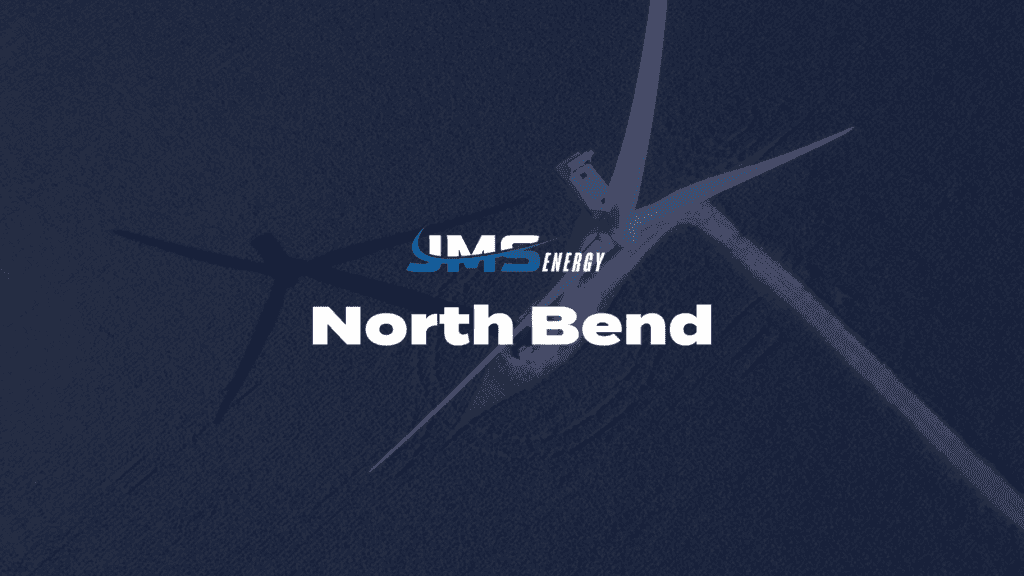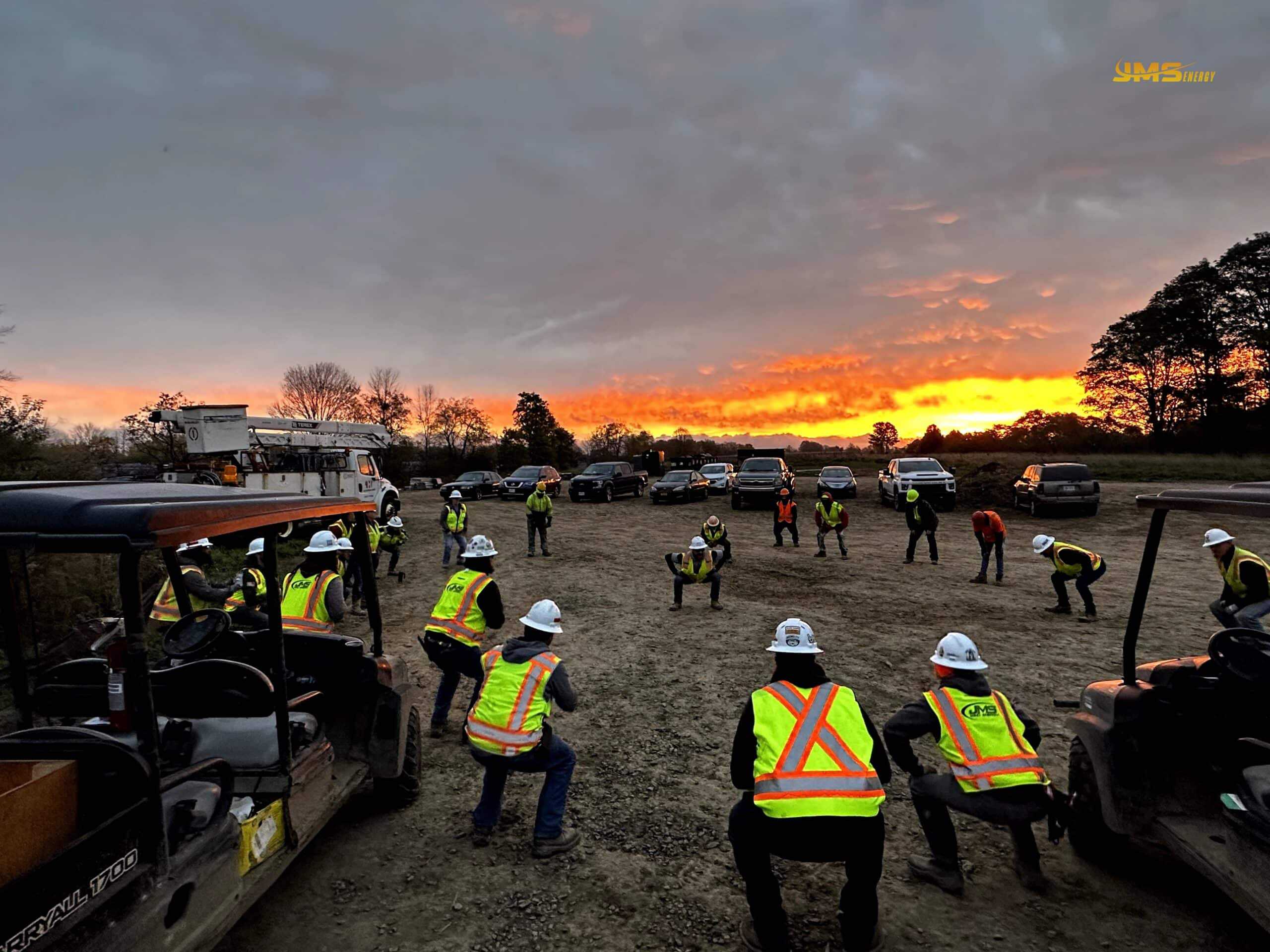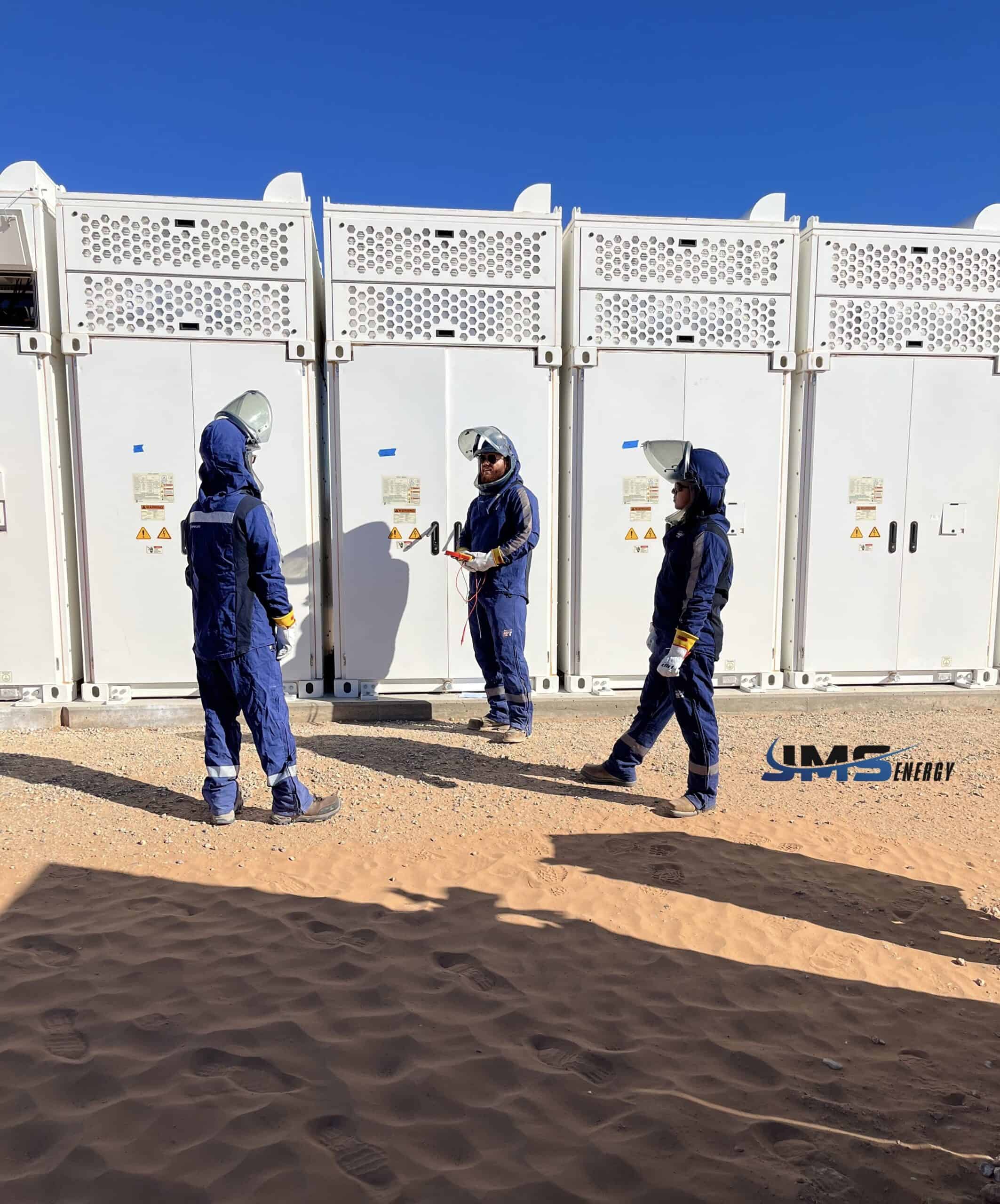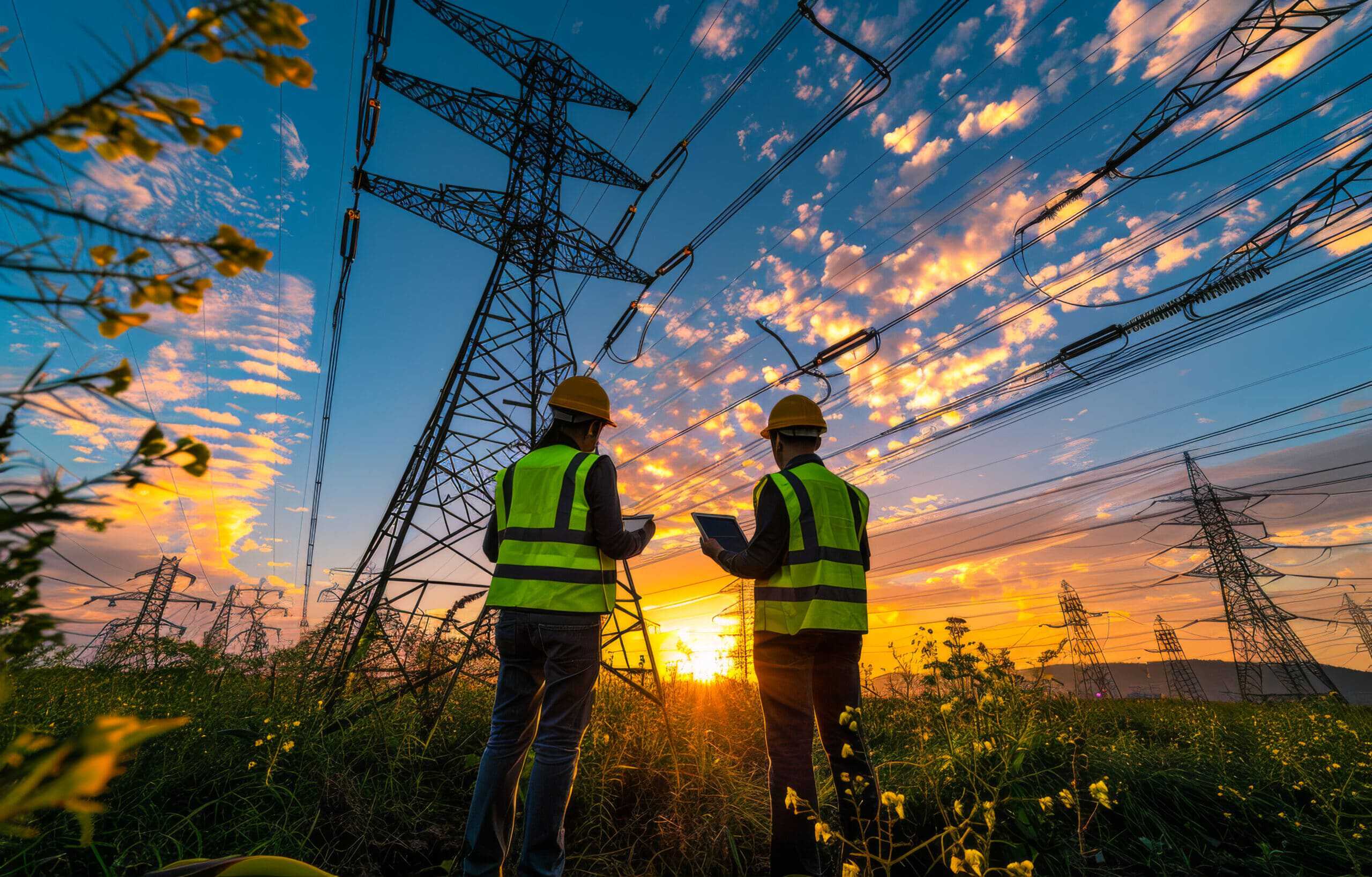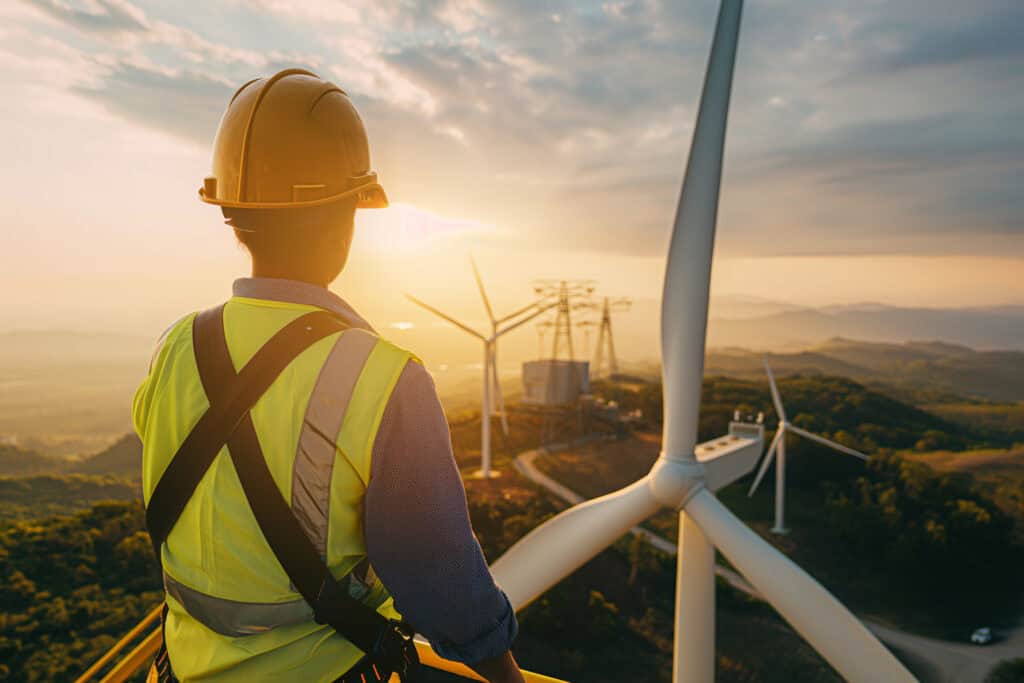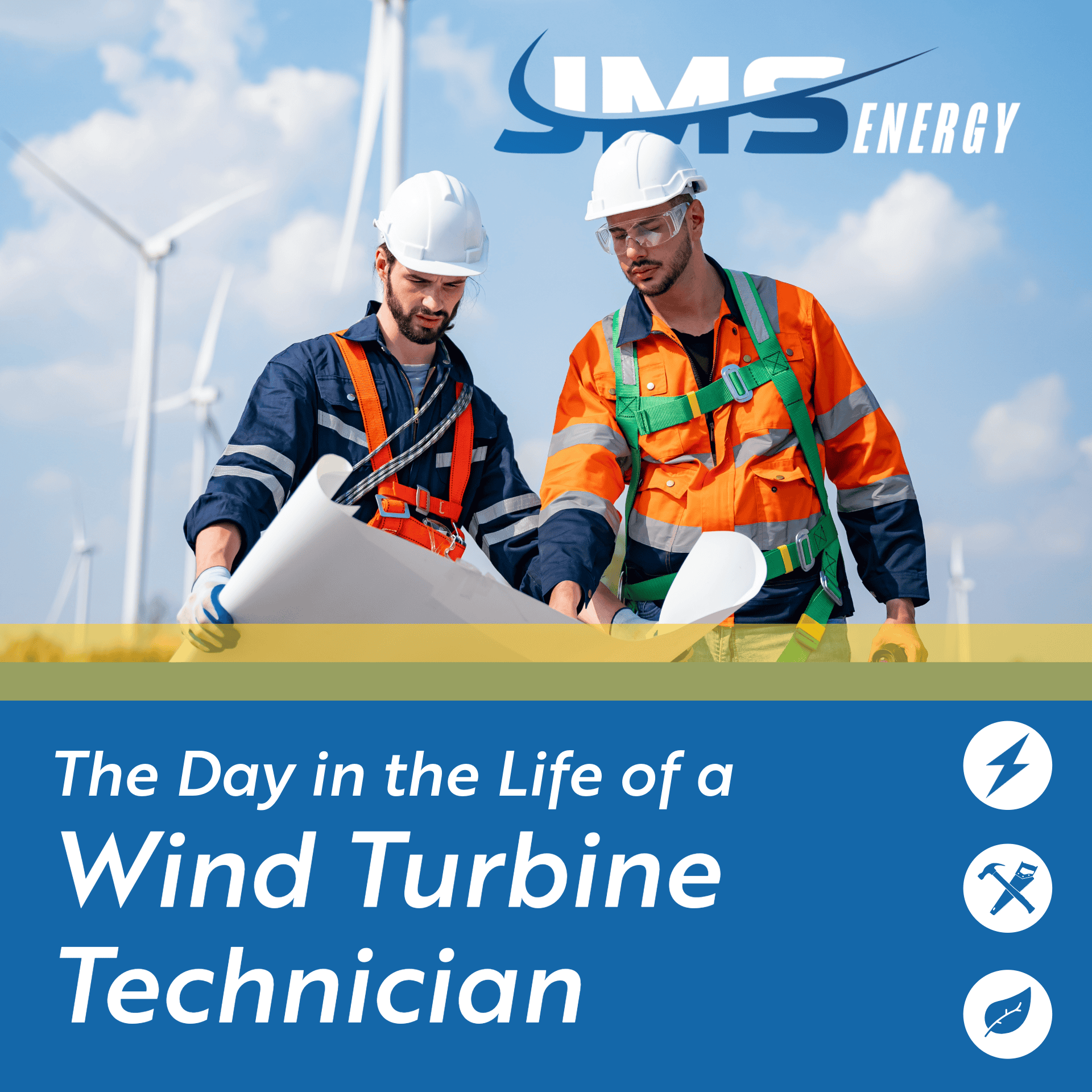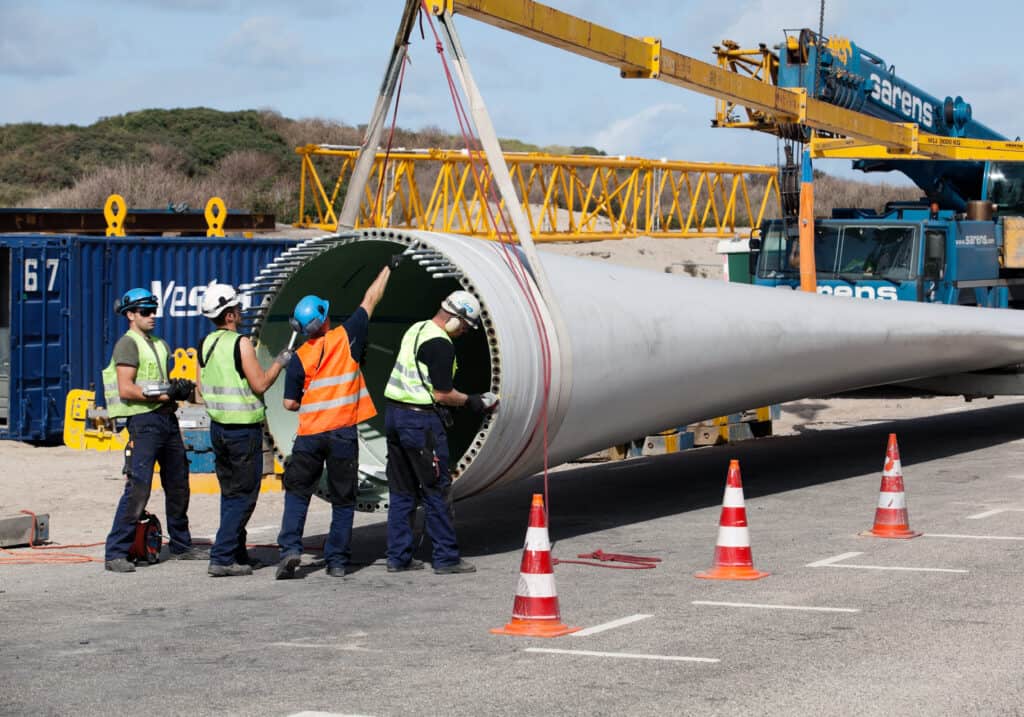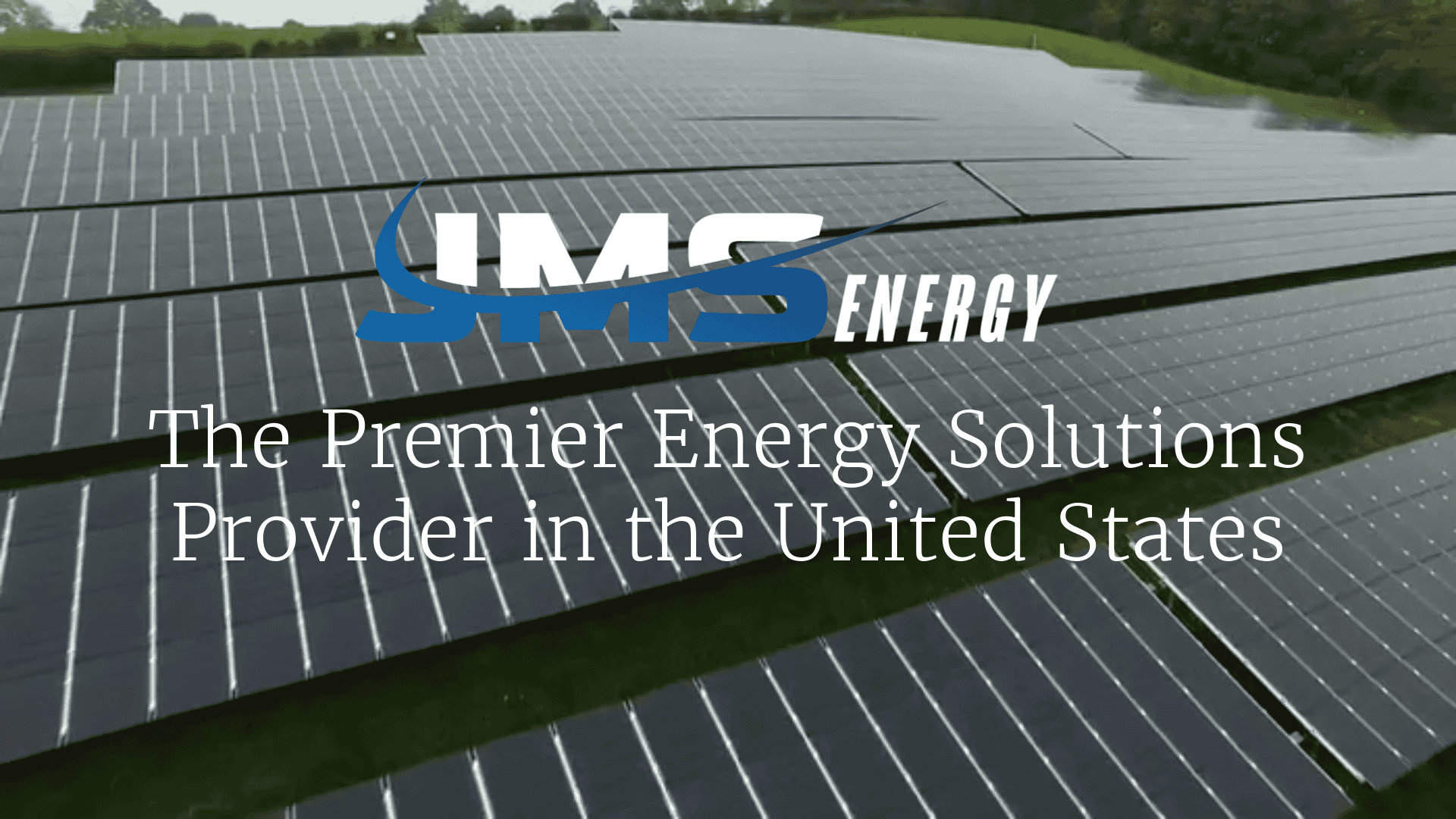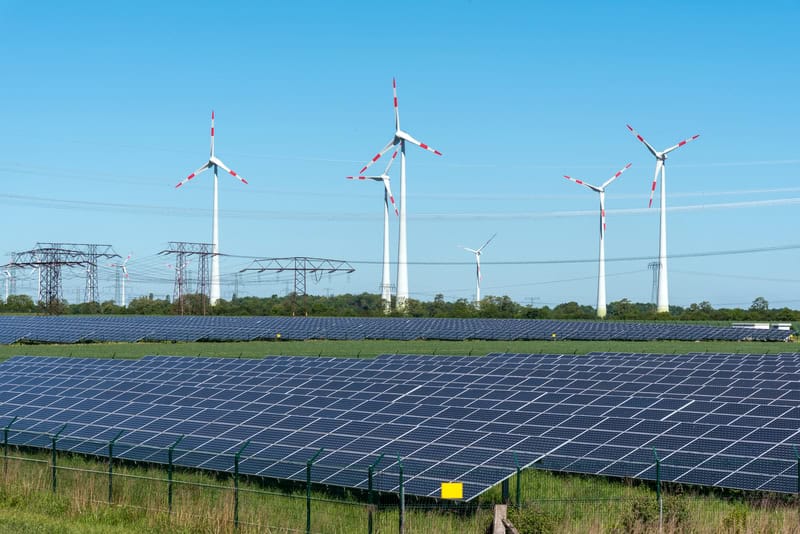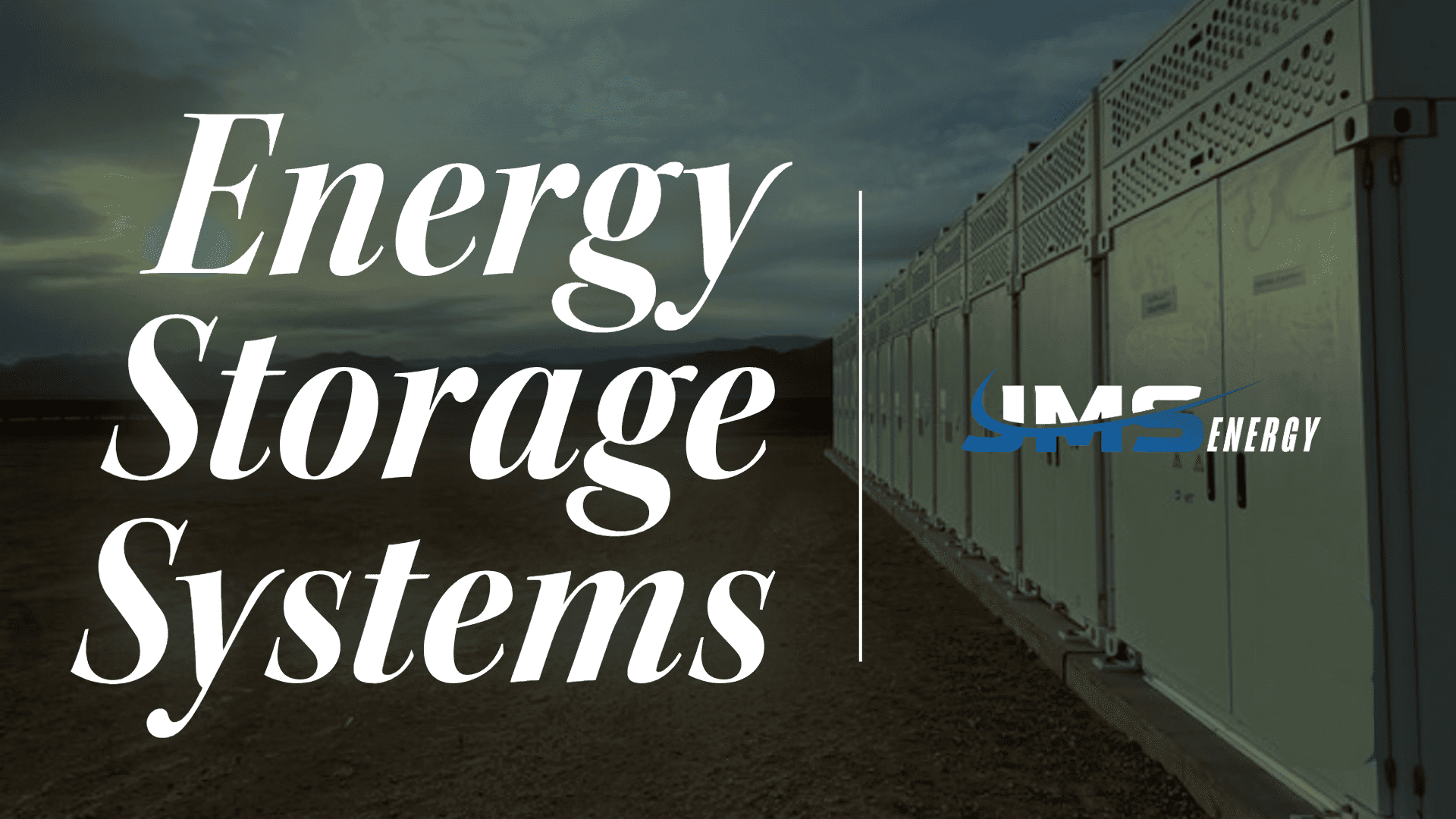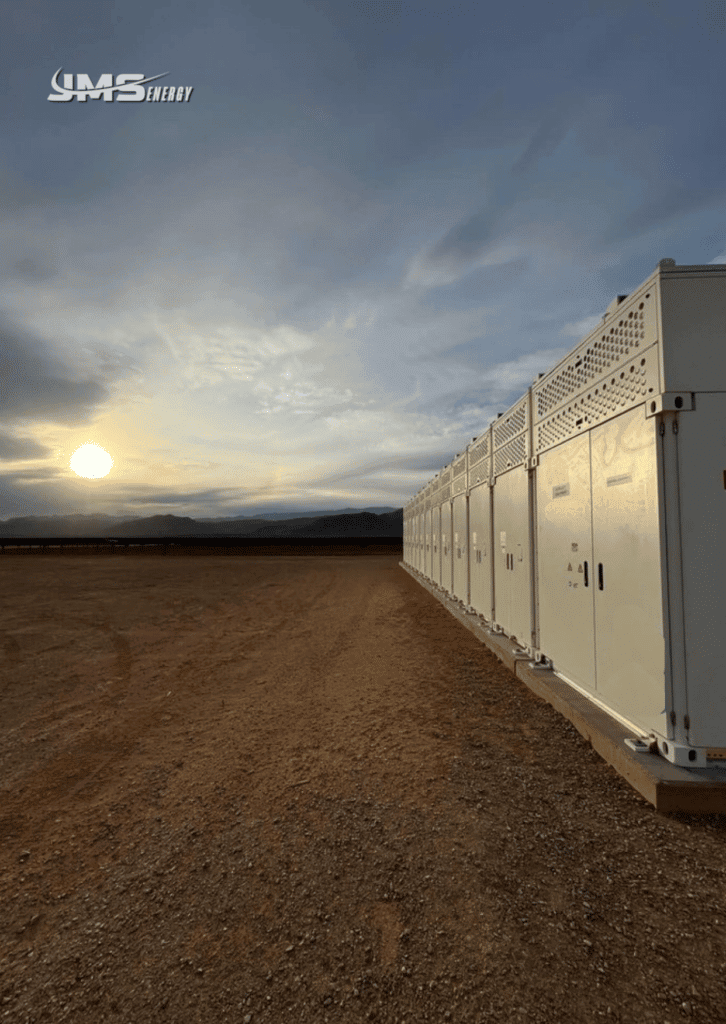What is a Long-Term Service Agreement Contractor?
A Long-Term Service Agreement Contractor (LTSA) is a specialized provider that ensures the continued performance, maintenance, and optimization of energy infrastructure under a structured contract. These agreements are critical in the renewable energy industry, where reliability, efficiency, and cost control determine long-term success.
JMS Energy is a leading Long-Term Service Agreement Contractor, delivering best-in-class solutions for wind, solar, and battery energy storage systems (BESS). With decades of experience and a proven track record, JMS Energy helps energy asset owners increase uptime, extend equipment lifespan, and maximize return on investment through tailored service agreements.
Table of Contents
The Value of Partnering with a Long-Term Service Agreement Contractor
1. Increased Asset Reliability
A Long-Term Service Agreement Contractor ensures that renewable energy systems remain in optimal working condition over time. JMS Energy’s proactive maintenance and advanced diagnostics minimize unexpected failures and unplanned downtime.
Our expertise includes:
- Turbine inspections and performance testing
- Solar PV cleaning, optimization, and infrastructure maintenance
- Battery energy storage system (BESS) monitoring and upgrades
2. Customized Service Agreements for Every Client
Every energy project has unique challenges, and a one-size-fits-all approach doesn’t work. JMS Energy tailors each LTSA to fit specific client needs, ensuring that services are aligned with operational goals, budget constraints, and compliance requirements.
Our LTSA packages include:
- Comprehensive maintenance schedules
- Emergency response plans
- Data-driven performance optimization
3. Cost Predictability & Budget Control
One of the biggest advantages of working with a Long-Term Service Agreement Contractor is cost predictability. With JMS Energy, clients gain financial stability by securing fixed, transparent pricing for maintenance, repairs, and upgrades.
Benefits include:
✔ Elimination of surprise maintenance costs
✔ Planned capital expenditures for long-term stability
✔ Optimized asset performance, reducing operational costs
4. Access to Advanced Technology & Expertise
JMS Energy integrates cutting-edge monitoring, predictive maintenance, and automation technologies into our LTSA offerings. By leveraging drone inspections, fiber optic testing, and AI-driven analytics, we identify potential issues before they escalate.
Technology-driven services include:
- Remote monitoring and fault detection
- High-resolution drone inspections
- Advanced fiber optic communication maintenance
5. Compliance & Regulatory Assurance
Renewable energy projects are subject to strict environmental and safety regulations. JMS Energy ensures that every LTSA contract aligns with industry best practices and regulatory requirements.
Our compliance services include:
- SWPPP & SPCC environmental reporting
- Safety protocol implementation
- Federal, state, and local regulatory adherence
Industries That Benefit from a Long-Term Service Agreement Contractor
Wind Energy Operators
Wind farms require ongoing maintenance to sustain optimal energy production. JMS Energy’s LTSA solutions ensure that turbines, collection systems, and substations remain efficient for the entire project lifespan.
Solar Power Companies
Photovoltaic (PV) systems need continuous cleaning, repairs, and monitoring to maintain energy output. JMS Energy offers customized LTSA packages for solar infrastructure, PV wiring, and inverter systems.
Battery Energy Storage Facilities
BESS installations must remain highly reliable to store and distribute energy effectively. JMS Energy provides LTSA services that include testing, commissioning, and maintenance of battery enclosures, power conversion systems, and inverters.
Why JMS Energy is the Leading Long-Term Service Agreement Contractor
✔ Decades of Experience – Over 30+ years in renewable energy.
✔ 230+ Projects Completed – Proven track record across 32 states.
✔ Unmatched Safety Standards – 0.00 TRIR (Total Recordable Incident Rate).
✔ Customizable LTSA Solutions – Tailored service agreements for wind, solar, and BESS.
✔ Emergency Response Readiness – Teams mobilized within 12 hours for urgent repairs.
Partner with JMS Energy Today
JMS Energy is the trusted choice for companies seeking a Long-Term Service Agreement Contractor in renewable energy. Let us help you achieve greater efficiency, reliability, and profitability in your energy projects.
📞 Contact JMS Energy today to learn more about our LTSA solutions: JMSEnergy.net
